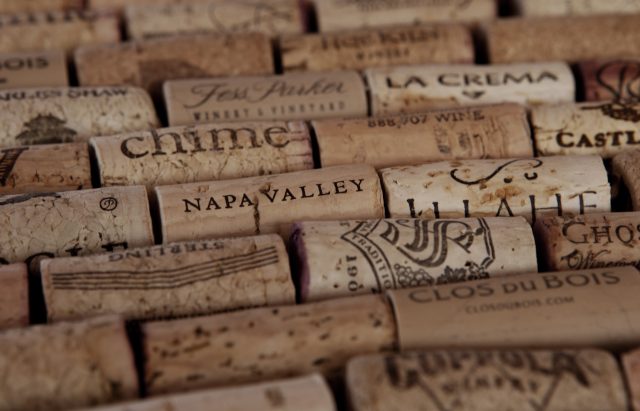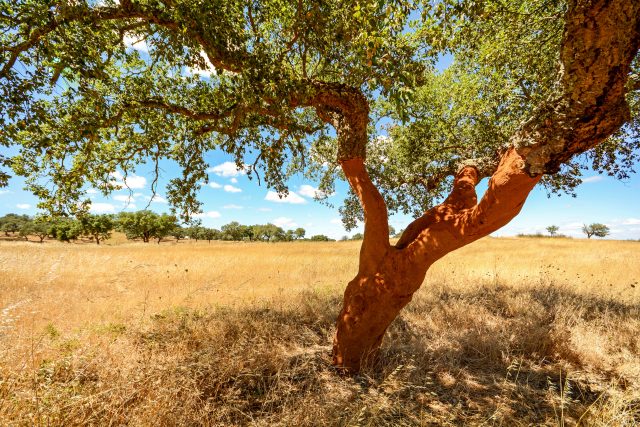Is California eyeing up domestic cork production?
With California located so far away from the hub of global cork production it’s rumoured that the US region might be starting up its own cork industry from scratch, db can reveal.

The epicentre of today’s cork industry is unquestionably Portugal, with 33% of the total global cork forest surface area and more trees per hectare than any other country. A handful of other countries in the Mediterranean Basin, such as Sicily, Italy, some parts of Spain and North Africa also harvest and manufacture cork but nowhere near on the same scale.
However, there are whispers that wine companies in California are making moves to establish their own domestic cork production industry, with the likes of E & J Gallo rumoured to already be actively purchasing raw oak material. When approached by the drinks business, Gallo declined to comment.
Given that it takes around one and a half months to ship finished cork stoppers from Portugal to the US, establishing a homegrown Californian cork business makes sense.
Then there is the advantageous fact that cork oak forests are practically flame resistant, which means they are more or less immune to wildfire, something that will be music to the ears of Californian winemakers, who have grappled with devastating wildfire outbreaks caused by extreme heatwaves in recent years.
“It is really difficult to burn a cork oak tree. And if it does burn it will regenerate like a phoenix,” says Nuno Silva, marketing manager for Portuguese closures firm MA Silva. “The trees are resistant to fire, to heat, to rain. They resist a lot.”
This would be a forest, then, that would not go up in flames.
“People are starting to think about growing cork in California because cork oak trees grow well there, but no one knows quite how to do it,” Bryan Avila who sits on the Napa Regional Conservation District board, tells db.
Partner Content
Many Californian bodies, though, seem reluctant to speak about the matter, with the California Wine Institute also declining to comment.

Generation game
Silva is quick to point out that anyone who invests in starting a cork industry in California right now would be investing in something that only their great-grandchildren would see the benefit from. “Cork trees do not make their owners any good money until the trees are 45 years or older,” he says.
“Of course you could plant trees in California but growing an industry takes years of commitment, knowledge, and experience,” Silva adds. “You can start from zero but to reach the level that we have in Portugal, we’re talking centuries. In China they have planted some cork oak trees but to have the amount of cork needed to maintain a cork industry is another matter. To have something like this you will not even do it in three generations. You can plant but you will not earn from it.”
Silva explains that a cork oak tree can only be harvested every nine to 10 years, with owners having to wait 25 years for the tree’s first or ‘virgin’ harvest. “The tree must have a diameter of 70cm before it can be harvested for the first time. Otherwise it might die,” he explains.
The ‘virgin’ harvest is used only for cork granules at MA Silva. The same applies for the second harvest. It’s only when a tree reaches its third harvest that it has the correct properties to produce corks.
“At this point, the bark is smoother, more uniform, and has the proper conditions to enter the cork industry. So we are talking at least 43 years before owners of cork trees can make any money,” declares Silva.
Related news
Strong peak trading to boost Naked Wines' year profitability




